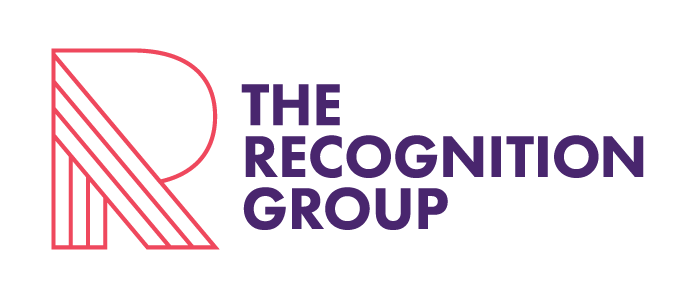How to keep your brand identity consistent
In our technology-driven landscape of rapidly-expanding communications channels, it can be hard for organisations to maintain a clear messaging narrative and brand identity.
With each channel available, messaging needs to be tweaked, altered, or presented in ways that make sense to various audiences. This process has the potential to muddle brand messaging, confusing the message as well as brand identity.
How to keep your brand identity consistent
In his book, Winning the Story Wars, which was the subject of one of our company book clubs, Jonah Sachs frames messaging as a form of storytelling. Traditionally, storytellers have been the makers and propagators of myth. According to Sachs, the modern world has disrupted the traditional power of myths.
Today’s mythmakers are the writers, film makers, marketers, advertisers, and media professionals that leverage the ‘myth-gap’ that has emerged in modern society, suggests Sachs.
Drawing upon the concept of the ‘hero’s journey’, identified by American mythologist, Joseph Campbell, Sachs outlines a way to model brand identity consistently regardless of the channel the brand’s story is being told through.
In the ‘hero’s journey’ concept, the protagonist (the hero) is guided to adventure by a mentor. Sachs suggests that, when it comes to brand messaging, the company takes the place of the mentor, while the customer becomes the hero.
In this model, the customer sits at the centre of the company’s message, while the company makes the customer’s achievements (adventures) possible.
This is the key to maintaining brand identity, no matter which medium is being utilised. Once the most effective mentor archetype for its customer offering is determined, this can be used as a reference point to make sure all brand communications are on message and in line with the brand identity.
There are seven brand mentor archetypes with which companies can align themselves to maintain messaging clarity. Remember, while some brands may be able to embody more than one archetype, it is more effective to align with one.
What is your brand identity?
1. The pioneer
Adventurous and inventive, and likes to leap beyond the usual solutions. Pioneers are curious, innovative, brave, and optimistic as they guide the customer, on their adventure.
2. The rebel
Fearless, uncompromising, and creative. They seek the creative destruction of the status quo and like to tear down a problem to find a solution. The Rebels value freedom of action and expression, and let the customer do the same.
3. The magician
Believes that imagination and play have the power to move mountains. When everyone else gives up on childhood fairy tales and miracles, the magician maintains an uncompromising belief in their power, and this belief can be transcendent for the customer.
4. The jester
Provides us with the opportunity to take a long hard look at ourselves through the safety of humour. The jester is often disguised in a cloak of innocence, but is also deeply intelligent, seeing reality clearly and finding ways to show it in unusual, humorous ways.
5. The captain
The captain willingly accepts the call to action and heroically leads those who wish to follow. The captain has the ability to build trust in the hero and inspire adventurousness. Above all, the captain is able to empower others to become leaders themselves.
6. The defender
Protects that which is beautiful, precious, irreplaceable, and vulnerable. The defender looks out for those people, things, and principles that cannot protect themselves. Justice is one of the overriding motivations.
7. The muse
Even the most uneventful life is punctuated by moments of inspired action, the muse draws out these moments. The muse inspires these moment through its example of beauty, creativity, and love.
How to use this concept in your marketing strategy
Once the most appropriate mentor archetype has been identified for a particular brand or organisation, we can begin to align messaging content with the underlying traits of that particular archetype.
This approach can provide more freedom than simply putting together a company style-guide to which all messaging needs to adhere. It also helps to keep the ‘personality’ of the brand fresh and constant, among the many channels required in the messaging landscape.
